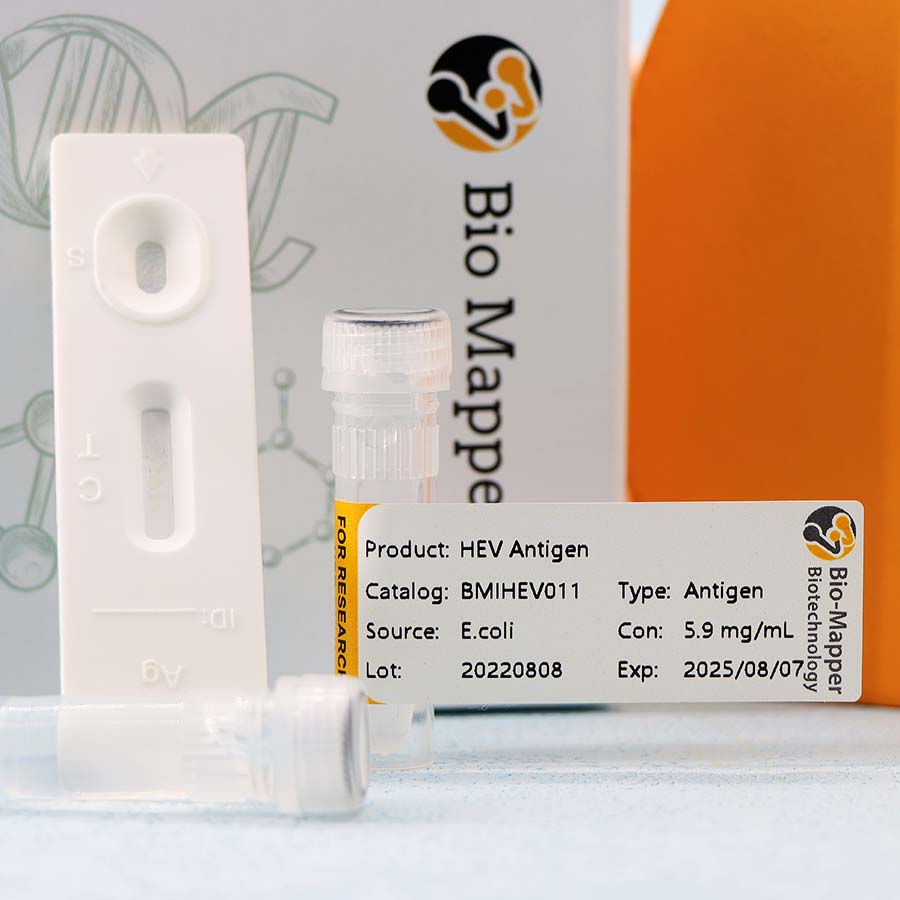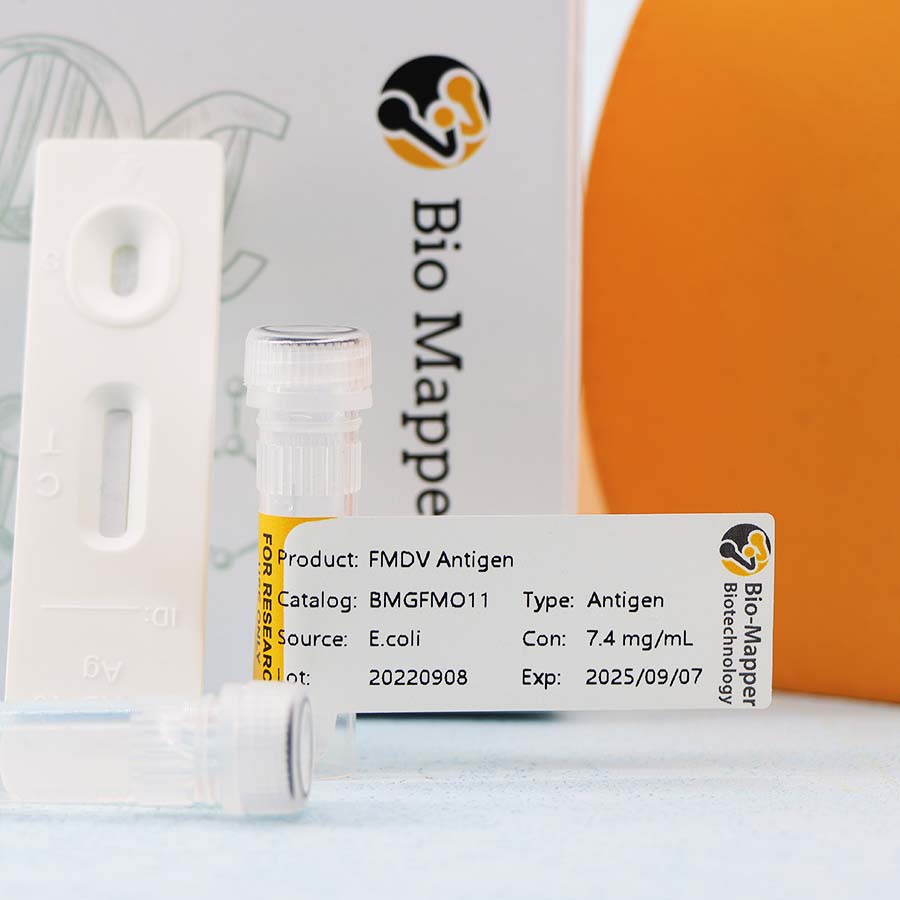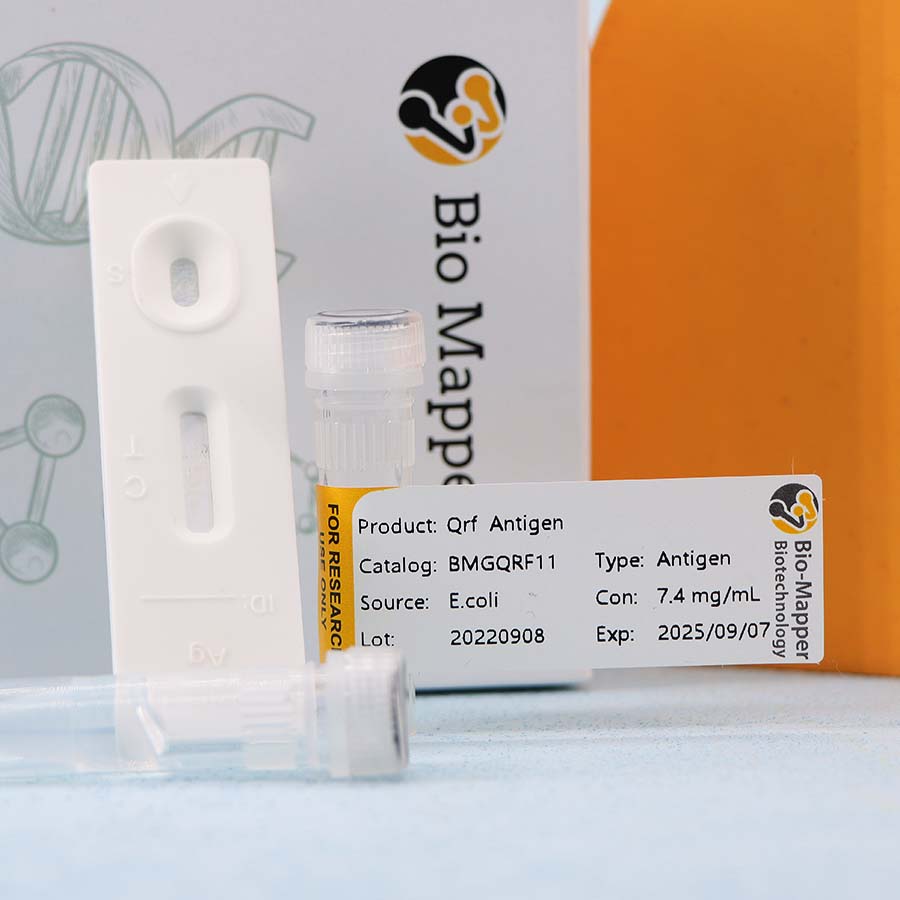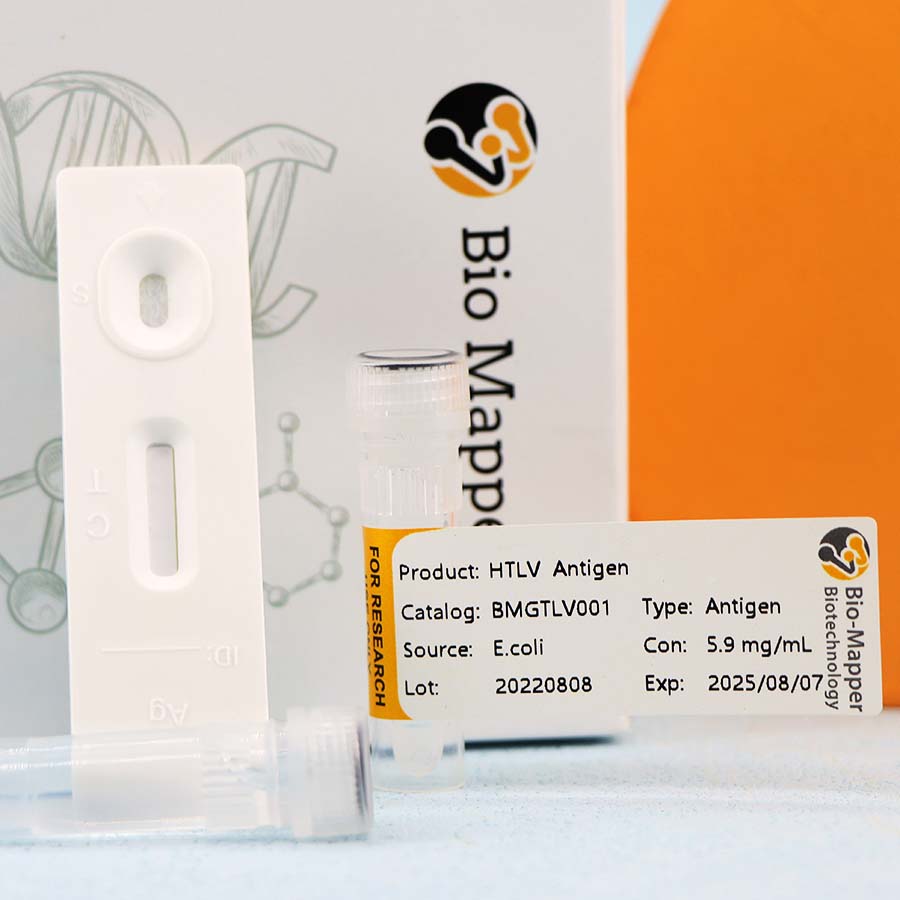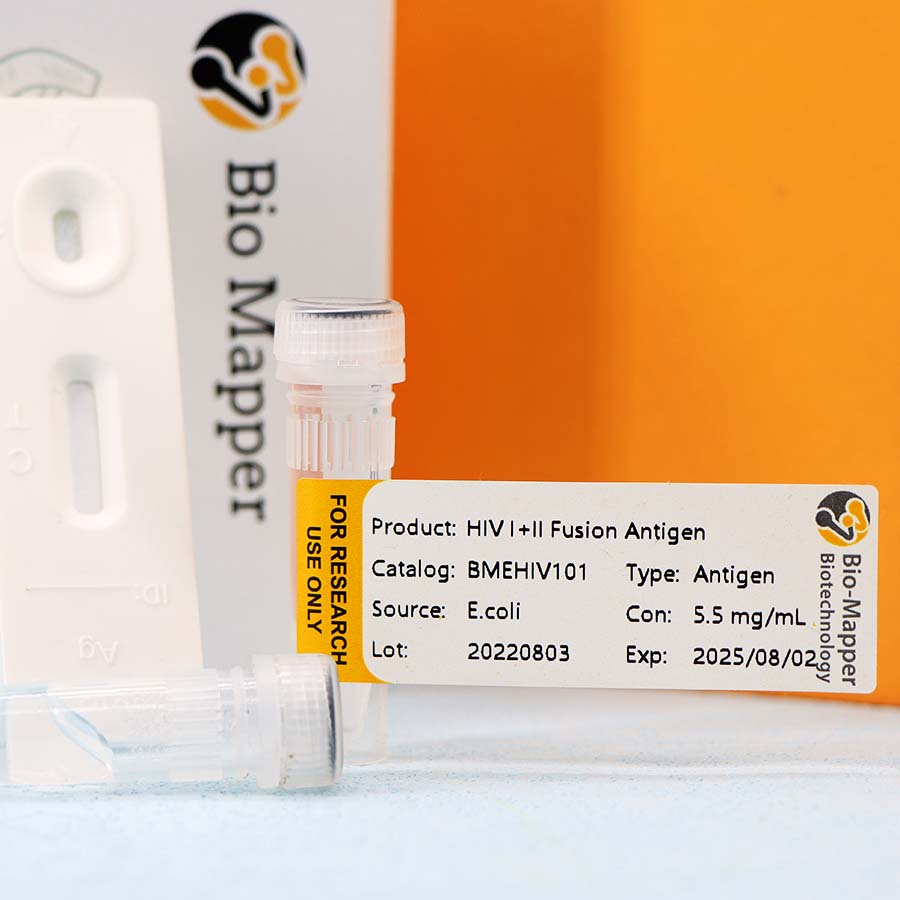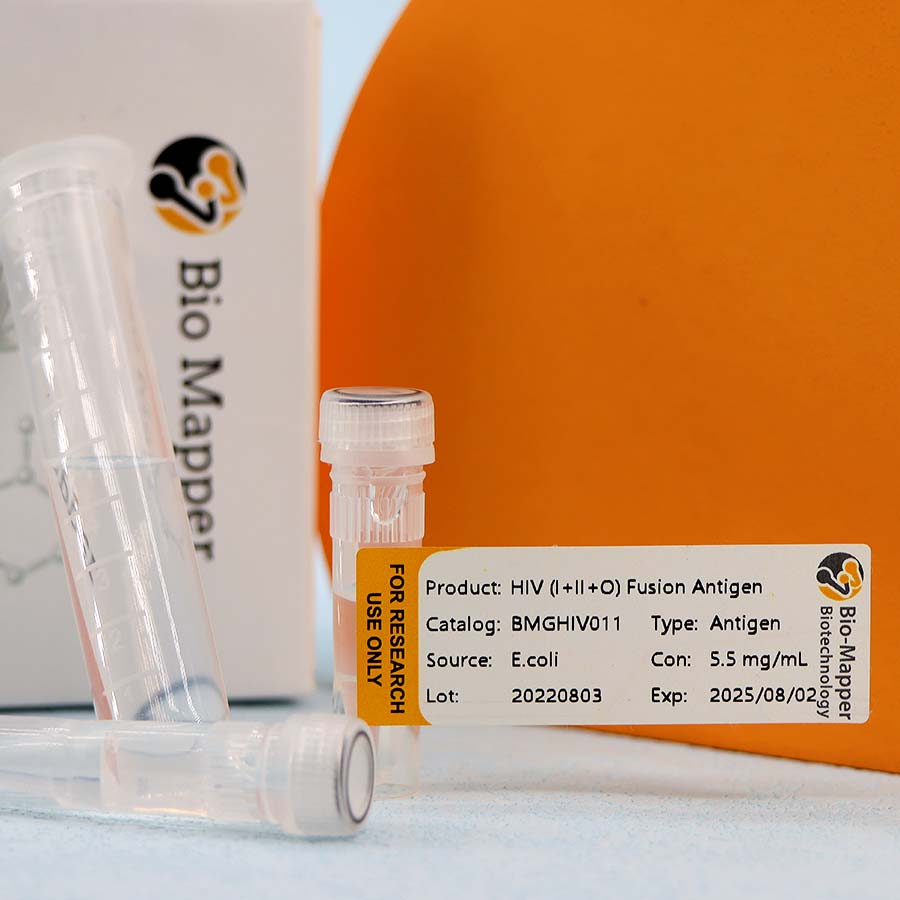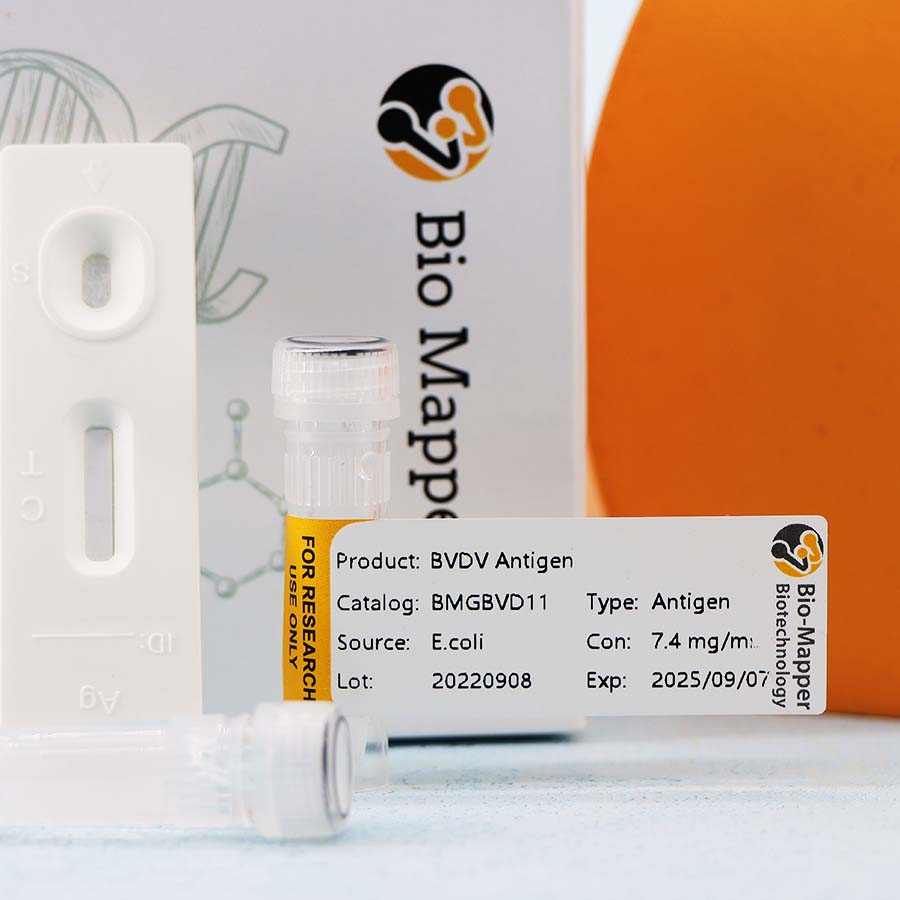Basic information
| Product Name | Catalog | Type | Host/Source | Usage | Applications | Epitope | COA |
| HEV Antigen | HEV Antigen | Antigen | E.coli | Capture | CMIA, WB | / | Download |
| HEV Antigen | BMIHEV012 | Antigen | E.coli | Conjugate | CMIA, WB | / | Download |
| HEV Antigen | BMIHEV021 | Antigen | E.coli | Capture | CMIA, WB | / | Download |
| HEV Antigen | BMIHEV022 | Antigen | E.coli | Conjugate | CMIA, WB | / | Download |
The transmission route of hepatitis E (mainly via fecal oral route) and clinical manifestations (recessive infection, acute hepatitis, no chronic hepatitis, etc.) are similar to those of hepatitis A. The incidence of hepatitis E is high in young people and adults aged 15-39 years. Hepatitis E is also a self limited disease. HEV also has no direct pathological effect (CPE) on hepatocytes. The body can acquire certain immunity after disease, but it is not stable enough. There is hepatitis E vaccine, and measures to prevent hepatitis E mainly include cutting off the fecal oral transmission route.
HEV is discharged with patients’ feces, spread through daily life contact, and can be distributed or outbreak epidemic caused by contaminated food and water sources. The peak of incidence is usually in the rainy season or after floods. The incubation period is 2~11 weeks, with an average of 6 weeks. Most of the clinical patients are mild to moderate hepatitis, often self limiting, and do not develop into chronic HEV. It mainly invades young adults, more than 65% of which occur in the age group of 16 to 19 years old, and children have more subclinical infections.
The case fatality rate of adults is higher than that of hepatitis A, especially for pregnant women who suffer from hepatitis E, and the case fatality rate of infection in the last three months of pregnancy is 20%.
After HEV infection, it can produce immune protection to prevent HEV reinfection of the same strain or even different strains. It has been reported that anti HEV antibody in serum of most patients after rehabilitation lasts for 4-14 years.
For experimental diagnosis, virus particles can be found from feces by electron microscope, HEV RNA in fecal bile can be detected by RT-PCR, and anti HEV IgM and IgG antibodies in serum can be detected by ELISA using recombinant HEV glutathione S-transferase fusion protein as antigen.
The general prevention of hepatitis E is the same as that of hepatitis B. Common immunoglobulins are ineffective for emergency passive immunization.
